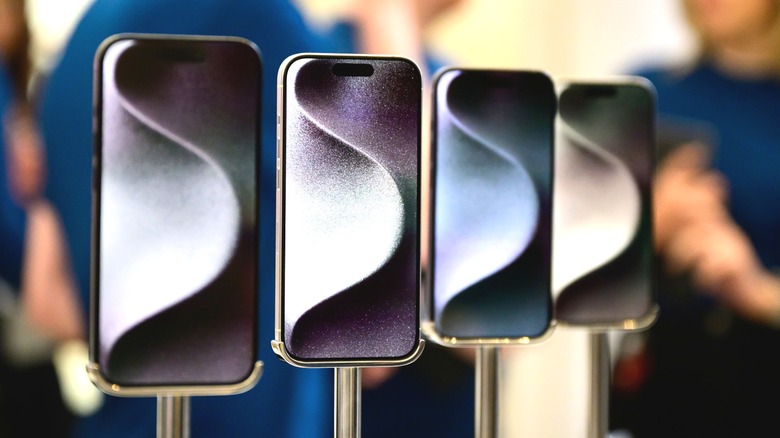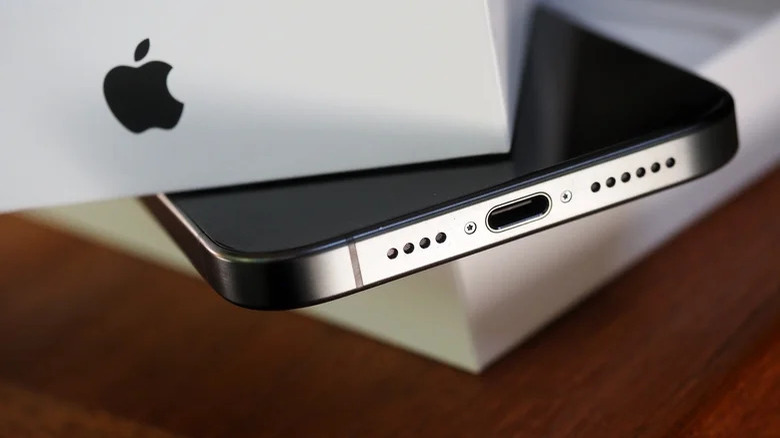How To Use The iPhone 15 With An External Monitor
Yes, the iPhone 15 series features a USB-C port, and you can use it to connect to an external monitor, but there are a few things that you should know first.
Since their arrival, Apple's iPhones have relied on proprietary ports for charging and data transfer. In the initial days, iPhones used to ship with a 30-pin dock connector. In 2012, the company revealed the Lightning port, one we've known and seen on Apple products like iPads and AirPods for the longest time.
This year, the company added USB-C ports across the entire iPhone 15 lineup, which not only charges your phone but lets you connect to a host of external devices, including external displays. To do this, the regular models have a USB 2.0 port, while the Pro models have a USB 3.0 port.
And even though different USB standards have data speed restrictions, both can relay video to external monitors at "up to 4K HDR through native DisplayPort output over USB-C or USB-C Digital AV Adapter," per Apple.
Connect your iPhone to a monitor via USB-C
The iPhone 15 is compatible with two types of external monitors: USB-C and HDMI. On displays that support USB-C DisplayPort protocol, Apple recommends using a USB 3.1 or higher cable for getting up to 4K resolution and 60Hz refresh rate (with HDR).
This could be the cable with the monitor, a third-party USB-C to DisplayPort connector, or Apple's $69 Thunderbolt 4 (USB-C) Pro Cable. Once you have the suitable cable, connect one end to your device and the other to the DisplayPort connector on the monitor, and you're good to go.
For HDMI monitors, Apple suggests using a USB-C to HDMI cable. Just plug one end into your iPhone and the other into the monitor, and you should be able to watch videos, view photos, or cast your iPhone's display on a large screen.
The company also recommends its $69 USB-C Digital AV Multiport Adapter, which supports HDR10 or Dolby Vision on compatible monitors. Once you get the adapter, insert the Type-C end into your iPhone, plug your HDMI cable into the adapter, and its other end to the monitor.
It is important to mention that only adapters and cables that comply with HDMI 2.0 standards can output video at 4K resolution and 60Hz refresh rate.

